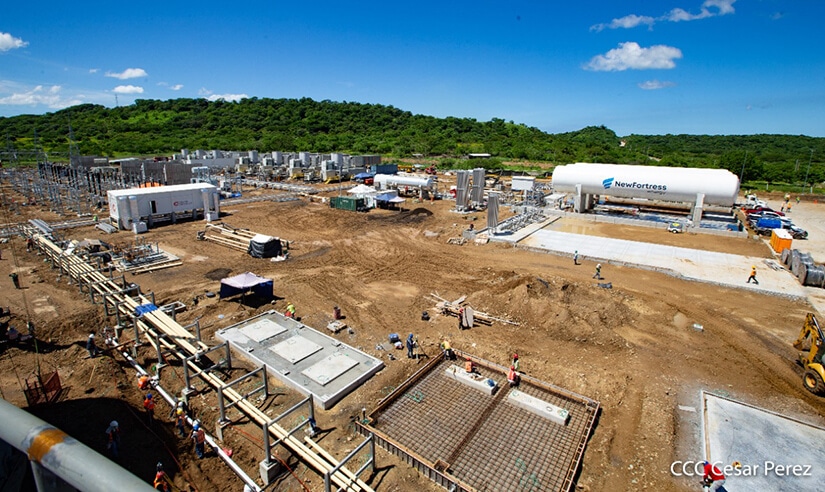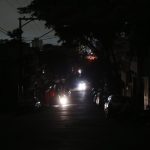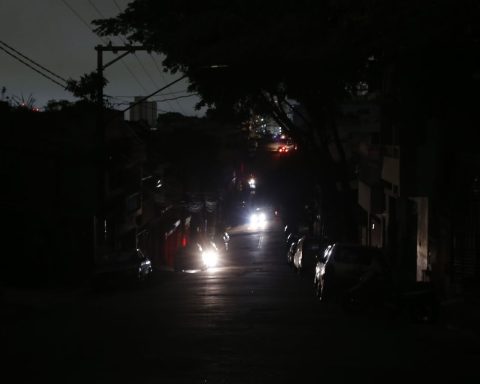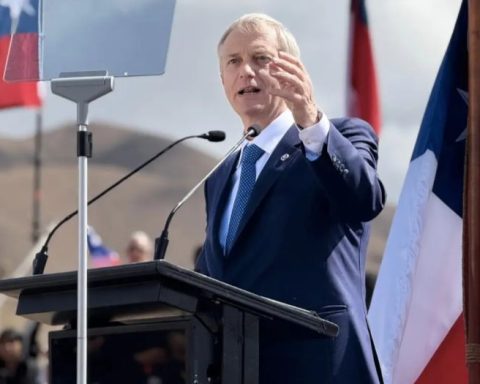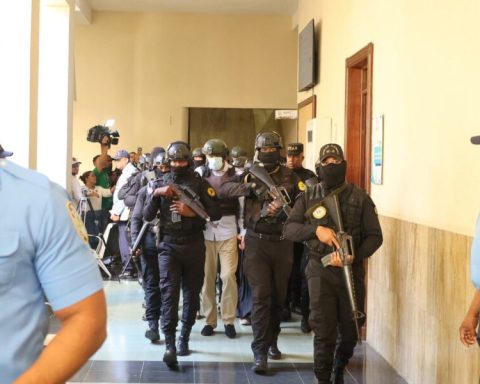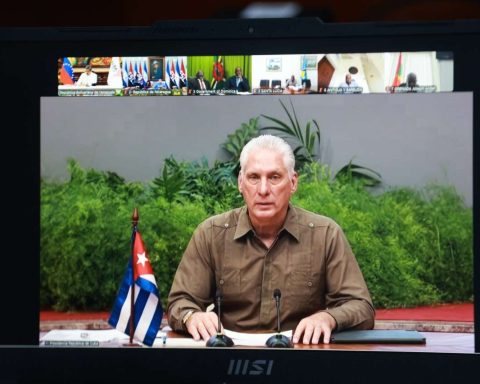On February 17, 2020, the Minister of Energy and Mines, Salvador Mansell, and the co-founder and co-director of New Fortress Energy, Wes Edens, reported that they had signed an agreement to build and operate in Puerto Sandino, a natural gas-based power plant with the capacity to generate more than 300 megawatts (MW).
The agreement, signed on February 13, had been under negotiation since at least mid-August 2019, with the intention of buy power at a cost of $110 per megawatt.
The plant, supposed to start operating sometime in the second half of 2021 at a cost of around 700 million dollars, according to the government version, still does not deliver a single watt to the national interconnected system.
The absence of a representative of the company in Managua, who is available to speak with the media, as well as the opaque policy with which the Daniel Ortega Administration operates, generate versions that indicate that this plant will never start up. The reason would be technical problems. Or legal. Or investors’ fear of US sanctions.
A source close to NFE told CONFIDENTIAL: “I can affirm that the company remains committed to inaugurating the plant in Puerto Sandino,” although he refrained from specifying a date, or explaining the reasons for the delay.
Sources from the Nicaraguan energy sector —who shared their knowledge on the subject, on condition of anonymity— explained that company officials have expressed the difficulty they have in building the necessary pipeline to transport the gas to the generating units.
“I understand that the New Fortress plant suffered a delay due to technical difficulties in unloading the liquefied natural gas that it will use as fuel at the port,” said one of the sources.
“To solve it, the construction of a small gas pipeline between the unloading point in the port and the plant, which is a few kilometers away, is contemplated. Apparently the original idea of unloading the gas in containers ran into the problem that the floor of the port was sinking,” he added.
The experts consulted assured that the expected time to resolve this apparent unforeseen event is between seven and ten months, so that, in the best case scenario, the plant could be ready by the end of 2022, almost three years after the signing. .
Watch out for those sanctioned!
Without denying the possibility that there is indeed a problem with the gas pipe connection, the sources also pointed out that the company is most likely being very cautious when seek how to relate to officials of the Government of Nicaragua, sanctioned by the United Stateswithout breaking US law.
On November 15, 2021, The United States sanctioned nine Ortega officials, among them Minister Mansell; the director of the Nicaraguan Institute of Energy (INE), José Castañeda; and the manager of the Load Dispatch of the National Electric Transmission Company and the electricity distributor, Rodolfo López.
Less than a week later, the National Assembly, controlled by the ruling party, approved a series of modifications to subtract powers administrative charges to the three affected and dilute them among various officials, with the intention of evading US sanctions.
The company is aware of risk involved in relating to people sanctioned by the United Statesas it has consistently informed the US Government’s Securities and Exchange Commission (SEC), as well as investment banks, and its shareholders.
“In 2018, 2019, and 2020, U.S. and European government authorities imposed sanctions against entities and individuals in—or associated with—the Government of Nicaragua…although we take precautions to comply with all these laws and regulations, violating government exports and economic sanctions could have negative consequences for us”, admitted the company.
In that same document, the company confirmed that it is continuing to build a facility in Puerto Sandino, consisting of a regasification unit, and associated infrastructure, including mooring and pipelines.
The facility is expected to supply fuel to the approximately 300 MW natural gas-fired power plant they plan to operate, based on the 25-year power purchase agreement (PPA) signed with Disnorte and Dissur, expecting to use some 695 000 gallons of gas per day.
winners and losers
The Russian invasion of Ukraine had, among other effects, a rise in hydrocarbon prices, including the liquefied gas needed by the NFE plant in Puerto Sandino. The company told investment banks that it has a large stock of the product in reserve, so they will be able to continue operating without the overpricing affecting their finances.
In fact, the stock market activity of the last few days has revalued the shares that NFE trades on the New York Stock Exchange.
Information available online shows that the shares, which as of February 23 (one day before the invasion of Ukraine) were trading at $21.84, increased in value by 14.1%, to close at $25.43 on the first day of the start of the conflict. armed.
Since then, the price has increased by almost eight more dollars, to close on March 8 at $33.44, thus achieving a market capitalization of more than $7 billion.
The value of the share is expected to continue to rise, reaching a price of $54 in the next twelve months. Even if that forecast is fulfilled, the company still would not have returned to the level it had in January 2021, when its share priced at $58.45.
